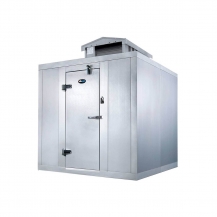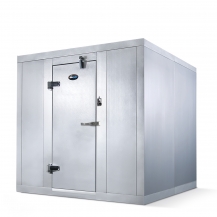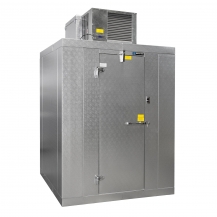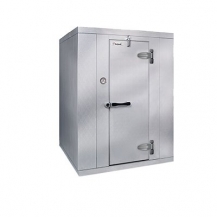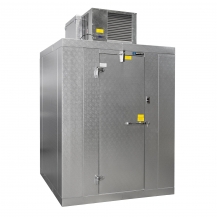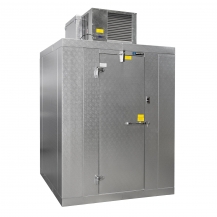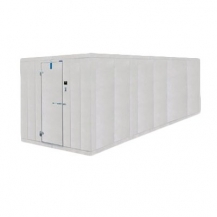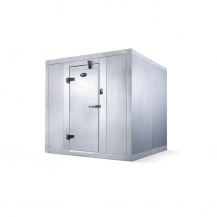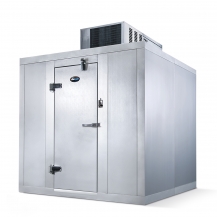Walk In Freezers
-
$17,075.10FINANCE FOR: $416.85/mo.
-
Special Price $16,781.35FINANCE FOR: $409.68/mo.
-
-
$21,856.00FINANCE FOR: $533.57/mo.
-
Special Price $15,426.81FINANCE FOR: $376.61/mo.
-
-
Special Price $16,518.62FINANCE FOR: $403.27/mo.
-
-
$13,230.00FINANCE FOR: $322.98/mo.
-
Special Price $13,325.91FINANCE FOR: $325.33/mo.
-
-
Special Price $14,470.36FINANCE FOR: $353.26/mo.
-
Special Price $16,694.40FINANCE FOR: $407.56/mo.
-
Special Price $15,263.25FINANCE FOR: $372.62/mo.
-
$19,615.92FINANCE FOR: $478.88/mo.
-
Special Price $14,812.52FINANCE FOR: $361.62/mo.
-
Special Price $17,947.89FINANCE FOR: $438.16/mo.
-
Special Price $13,617.31FINANCE FOR: $332.44/mo.
-
Special Price $16,190.09FINANCE FOR: $395.25/mo.
-
Special Price $14,240.53FINANCE FOR: $347.65/mo.
-
Special Price $16,488.07FINANCE FOR: $402.52/mo.
-
Special Price $11,610.88FINANCE FOR: $283.46/mo.
-
$18,750.65FINANCE FOR: $457.76/mo.
-
Special Price $18,502.02FINANCE FOR: $451.69/mo.
-
As low as $13,665.75FINANCE FOR: $333.62/mo.
-
$19,094.69FINANCE FOR: $466.16/mo.
-
Special Price $16,018.54FINANCE FOR: $391.06/mo.
-
Special Price $16,952.90FINANCE FOR: $413.87/mo.
-
Special Price $18,595.55FINANCE FOR: $453.97/mo.
-
Special Price $13,339.07FINANCE FOR: $325.65/mo.
-
Special Price $17,133.38FINANCE FOR: $418.28/mo.
-
Special Price $16,914.36FINANCE FOR: $412.93/mo.
Walk-in Freezer: The Workhorse in Your Restaurant
Walk-in freezers are spacious rooms convenient for storing large quantities of food at safe temperatures. For foodservice businesses, it is not always possible to procure certain items locally or fresh. When you invest in a commercial walk-in freezer, you can stockpile meat, fish, poultry, or produce in bulk. Thus, nobody wants to experience telling their customers that they are short on something. Walk-in freezers can save you space and money with their extensive storage capacity, varying dimensions, and customizable installation configurations.
Walk-in Freezer Parts
Knowing the building blocks of a walk-in renders you more confident while shopping for one. Besides, you learn about the components necessary to maintain without fail and the source of the problem when something goes wrong with your unit.
The Refrigeration System: Walk-in freezer condenser, compressor, and evaporator cooperate to process the refrigerant gas, create cold air, and circulate it in the walk-in box. Walk-in freezer condensing units are of two types. Self-contained models house all the refrigeration components mounted on top or one side of the unit. Walk-in freezer condensers are very powerful, so they give off heat and noise inside the building, adding strain to your ventilation systems. Therefore, it isn't advisable to use them on indoor walk-ins. Remote condensers rest outside the building, keeping the noise and heat away.
Walk-in Freezer Panels: Panels are what assure effective insulation, confining the cold temperature inside. They are composed of metal plates with foam insulation squeezed in between. When choosing the panel material, you are specifying the corrosion and dent resistance of your walk-in. Some common materials are acrylume, coated steel. Galvalume stands out with its remarkable durability.
Walk-in Freezer Doors: Doors are the other significant components assisting internal temperature retention. They do not only provide access to the unit but also seal the cold air tightly inside it. Doors are frequently opened and closed, paving the way for temperature loss. Choosing durable gaskets and adjustable door hinges can minimize this risk. A self-closing door could be a more reasonable option to ensure that it is never left open and increase efficiency.
Floors: Your choice of floor type depends on how much traffic you expect inside your walk-in. Smooth aluminum, the most common, can be sufficient for small to medium workloads. A heavy-duty floor will be a wiser option if full transport carts are rushing in and out of your walk-in. You may also install a floorless model on a reinforced concrete floor. Still, remember that floor insulation is an absolute must for energy efficiency.
Indoor or Outdoor Walk-in Freezer
You can locate your walk-in indoors or outdoors. Each installation has its strengths and weaknesses, and one is not invariably superior to the other. After valuing your business volume, available interior space, and the average regional climate, you can get the one best suits you.
Indoor walk-in freezers are less expensive. It is easier to walk in, reach the contents, and walk out. You don't have to spend extras for weather protection or security units. As they are inside, they don't ruin the overall physical impression of your restaurant. The downside is mostly about the space limitations. You need to free up a considerable about of footprint. There are also specific clearance requirements while installing an indoor model. If you get one with self-contained refrigeration, you will additionally have to worry about the heat and noise it generates.
Outdoor walk-in freezers can be more expensive with the added cost of shelter, rain roof, or other elements to make it weatherproof. Plus, they may hurt the physical appeal of your restaurant. However, outdoor walk-in freezers are easier to install because you don't have to figure out how to fit one into your existing interior design. The condensers release the heat and noise outdoors, improving the comfort of your patrons. It is also more convenient to load food deliveries straight from your food truck. Finally, an outdoor walk-in freezer can consume less energy for temperature retention with relevant covering to withstand severe weather.
FAQs About Walk-in Freezers
Chef's Deal experts have piled up ample experience selling walk-ins for years. People often demand answers to the following questions, which could further guide your decision.
1. Can A Walk-in Freezer Be Used As A Cooler?
Although this is possible by changing the thermostat, it is not advisable. FDA prescribes that refrigerated food be stored at no higher than 40°F and frozen food at 0°F. If your business requires storing both cold and frozen items, you can consider buying a walk-in cooler freezer combo.
2. How Many Watts Does A Walk-in Freezer Use?
It is difficult to say because it depends on several factors, including the model and size of the unit and the type of refrigerant used.
3. What Temperature Should A Walk-in Freezer Be?
FDA recommends temperatures between 0 and -10 °F.
4. What Causes Ice Build-up In A Walk-in Freezer?
The hot air and humidity enter the unit. This often happens because the door left open. Ice may also build up around the drain if clogged.
5. What Is R-Value In Walk-in Freezers?
A measure indicating the insulation quality of walk-in panels. The greater it is, the higher the insulation quality. The minimum required R-value is R-32.

